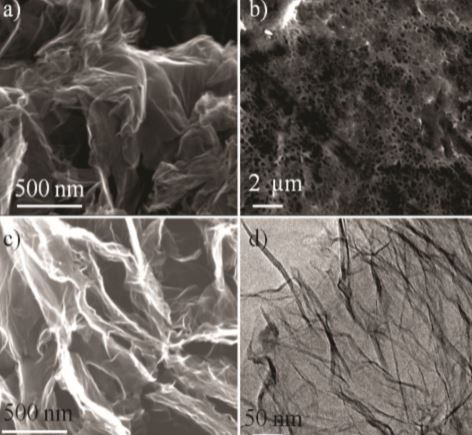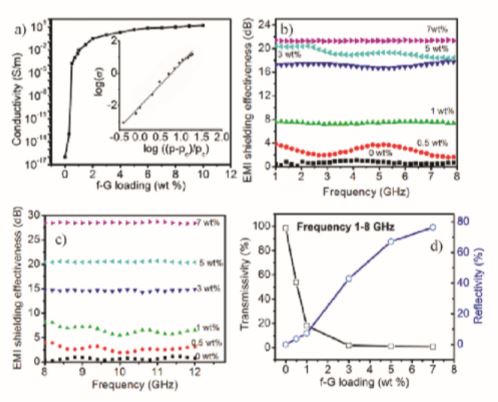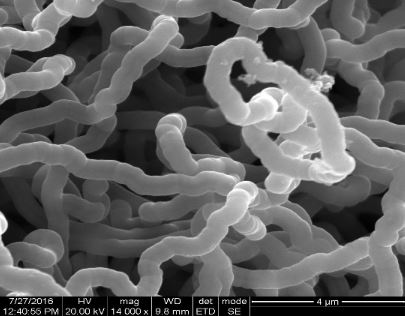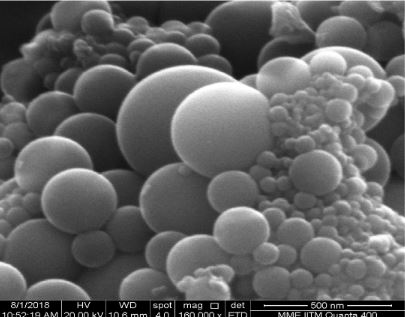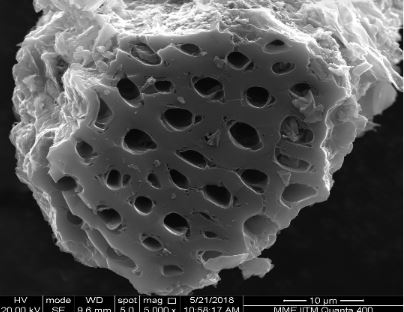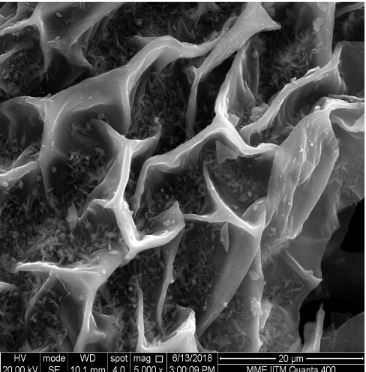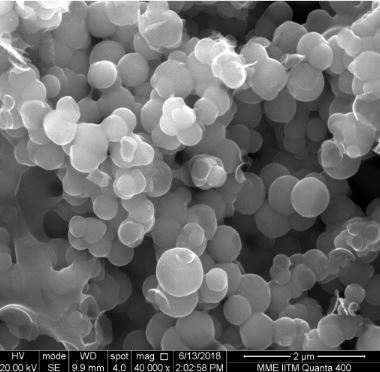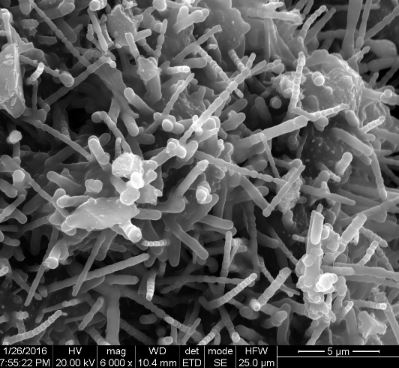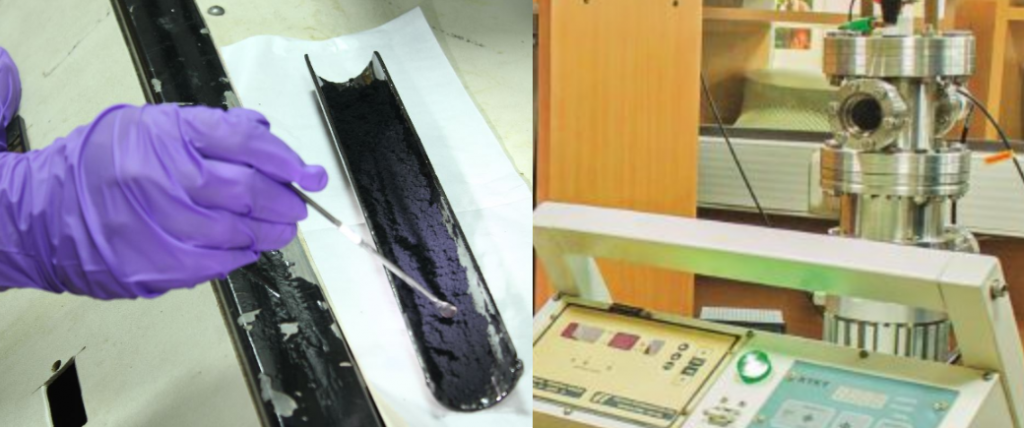
Carbon Nanotubes
At IIT Madras, we synthesise multiwalled carbon nanotubes (MWNTs), by a novel technique using catalytic decomposition of acetylene over alloy-hydride catalysts. These catalysts having high catalytic activity are prepared by hydrogen decrepitation technique.Various Zr based AB2 and Mm (Misch metal) based AB2/AB3/AB5 alloy hydrides are being used as catalysts for the growth of MWNTs. Purification of these as-grown MWNTs are being carried out by air oxidation and acid treatment, which removes the undesirable products. XRD, BET surface area measurements, TGA, SEM, TEM, and Raman spectroscopy are being employed to characterize these MWNTs.

- Large Scale Synthesis of CNTs using HEO
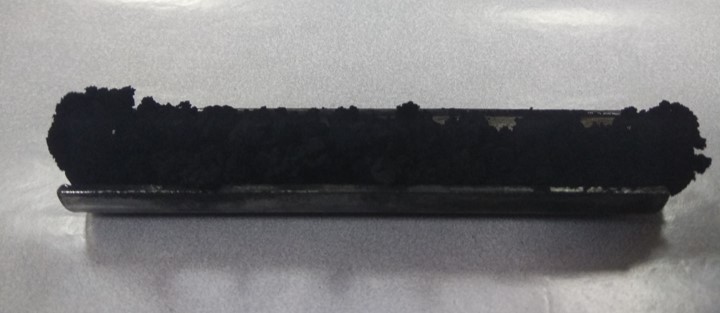
In this regard, we have synthesized HEO nanoparticles (Fe-, Ni-, Co-, Cr- and Al-) based in our laboratory adopting simple sol-gel autocombustion technique. We could achieve particle size of ~17 nm. For practical application of HEO nanoparticles in supercapacitors, a unique carbon-metal oxide nanohybrid is prepared by utilizing HEO nanoparticles as a cost-effective catalyst for the growth of carbon nanotubes (HEO-CNTs).
A well known chemical vapor deposition (CVD) technique is followed for growing HEO-CNTs nanocomposite and a very high yield (~15 times to catalyst) is achieved. A two-electrode supercapacitor based on HEO-CNTs symmetric electrodes and ionic liquid-based electrolyte with wide voltage window of 2.5 V is assembled and a high specific capacitance of 286 F g-1 is attained. At the same time, high energy and power density of ~217 W h kg-1 and ~25 kW kg-1 is realized. Moreover, a charged supercapacitor is able to light up a commercial red-light emitting diode (LED) for more than 250 s demonstrating great potential in real world applications.
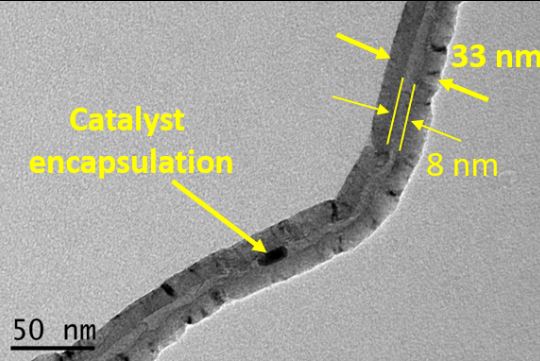
- Etched Carbon Nanotubes (ECNT)
We have synthesized etched carbon nanotubes (ECNTs) using solid state pyrolysis method in our lab. Due to the etching of the tubes and increased defect density in the carbon structure it appears to be the promising material for different catalytic applications. TEM micrograph confirms the etching of the tubes shown in figure (a). Currently, we are using this material as an electrocatalyst and catalytically active support for hydrogen oxidation reaction (HOR) and oxygen reduction reaction (ORR) for fuel cells. Also, we are currently investigating Vitamin D sensing and lithium ion battery performance using ECNT as an active material.
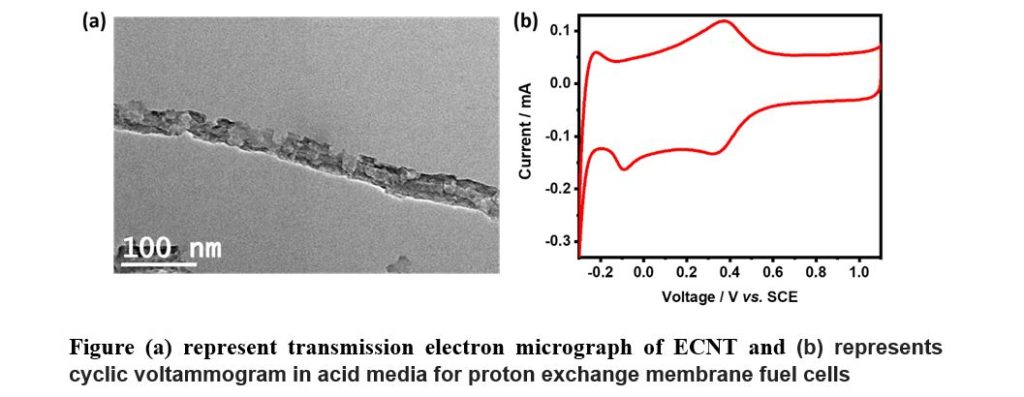
Graphene
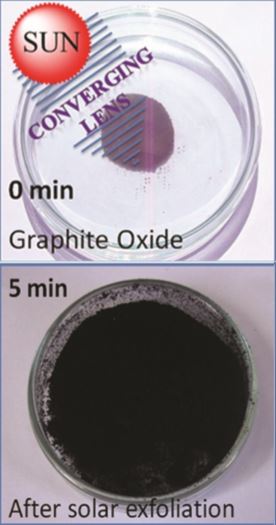
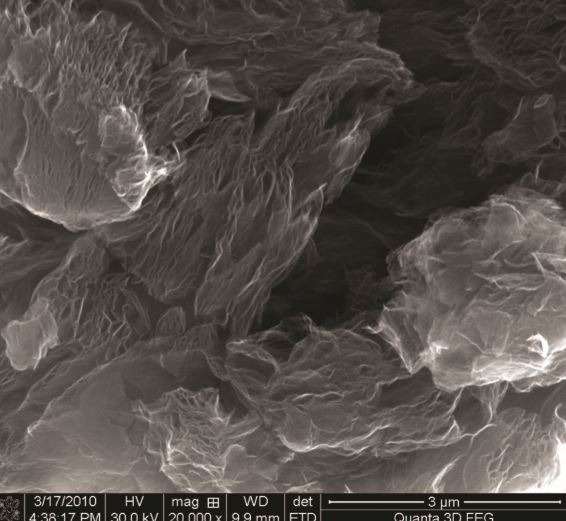
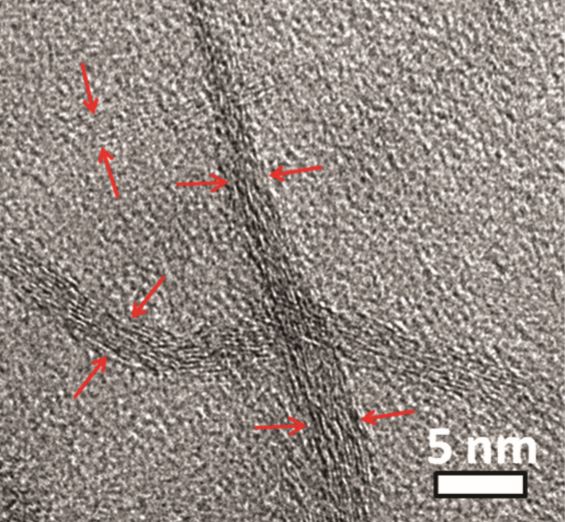

- Graphene Quantum Dots (GQD)
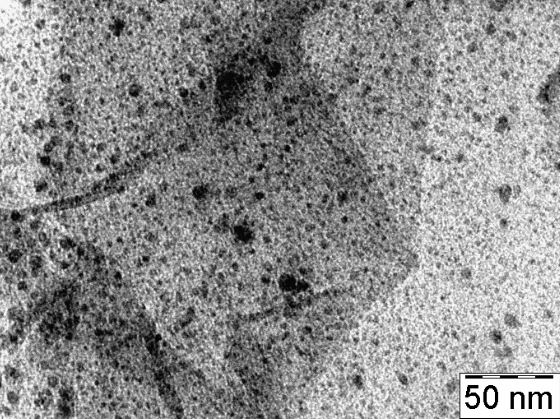
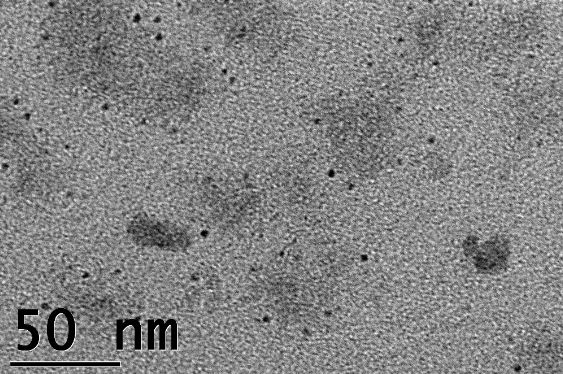
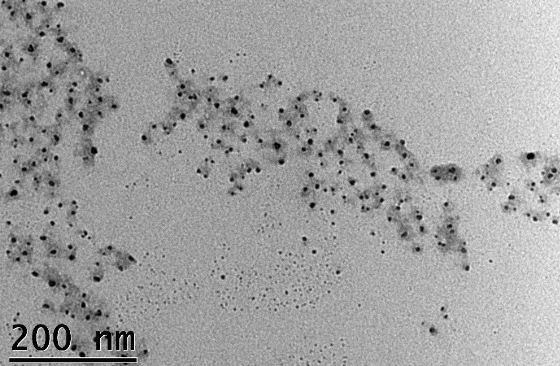
2D Atomic Layers: Beyond Graphene
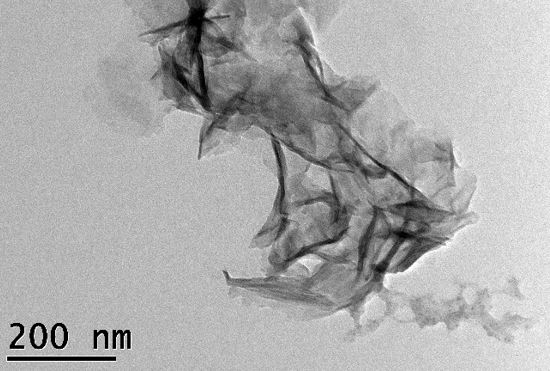
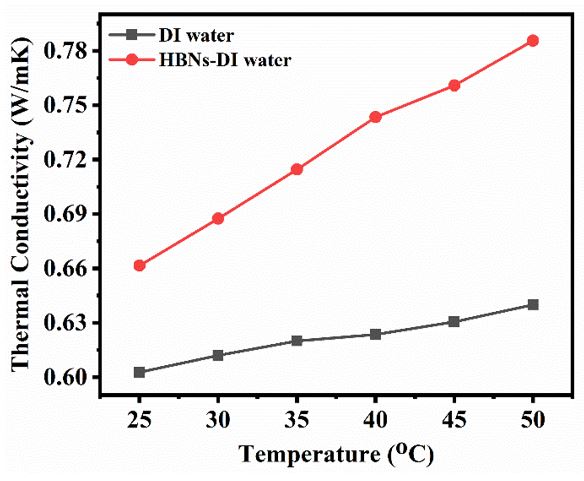
High Entropy Alloy & High Entropy oxides
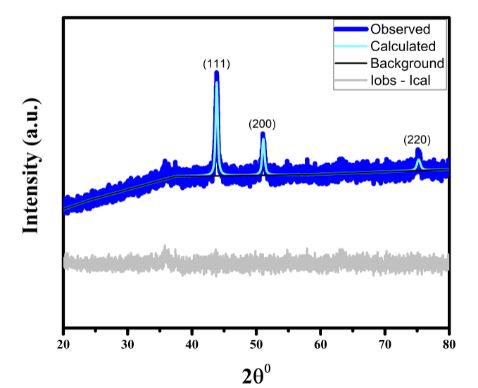
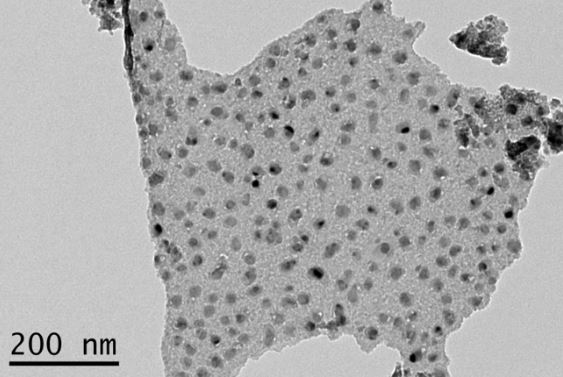
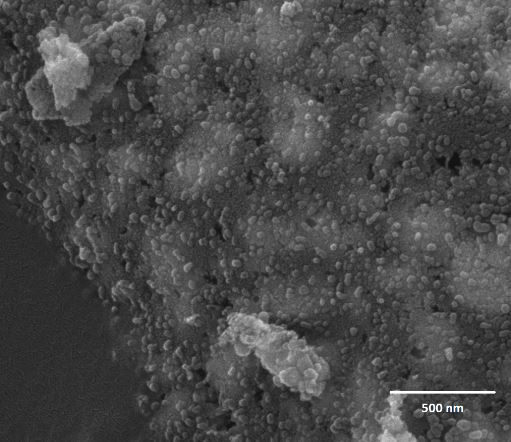
Electrospun Carbon Nanofibers
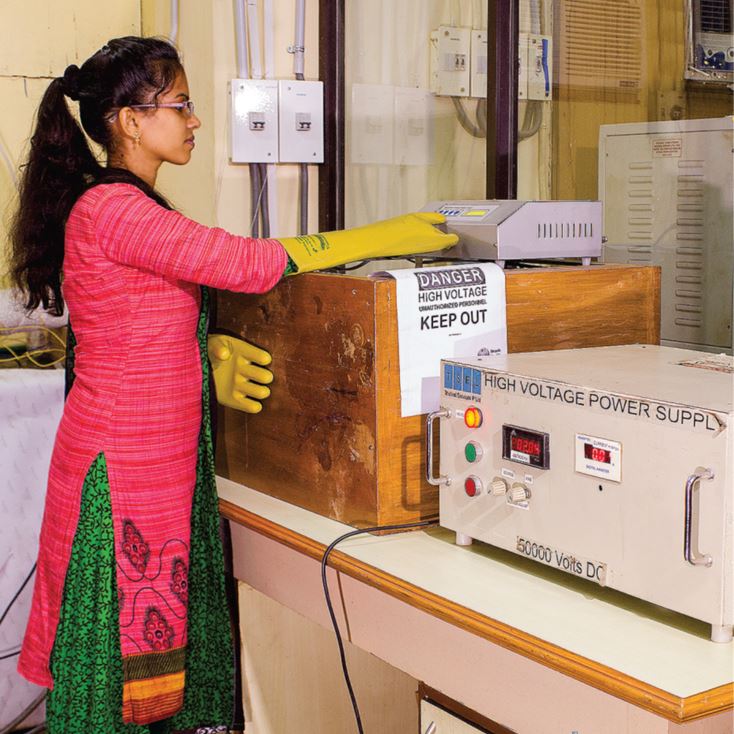


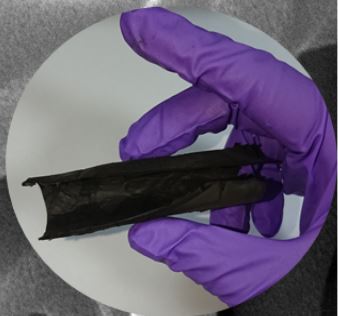
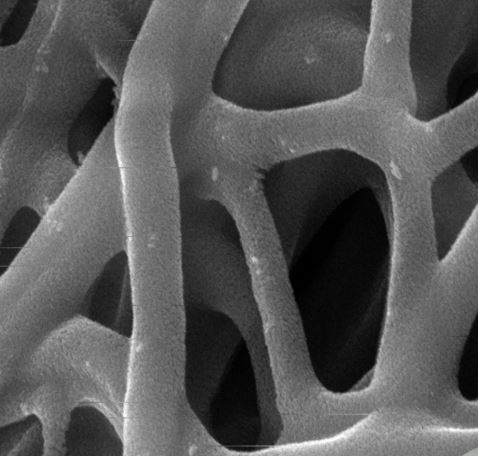
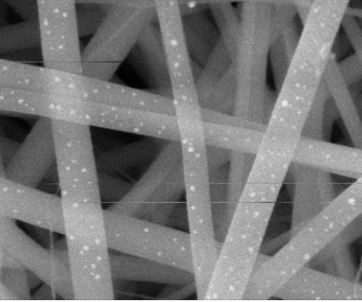

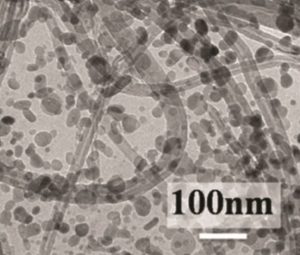
Field Emission from Carbon Nano Materials
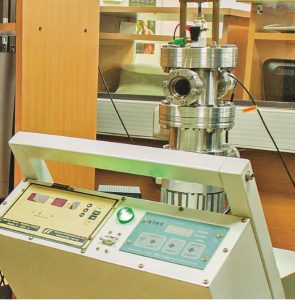
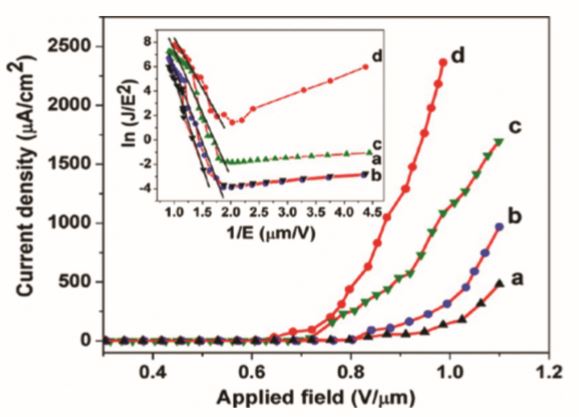
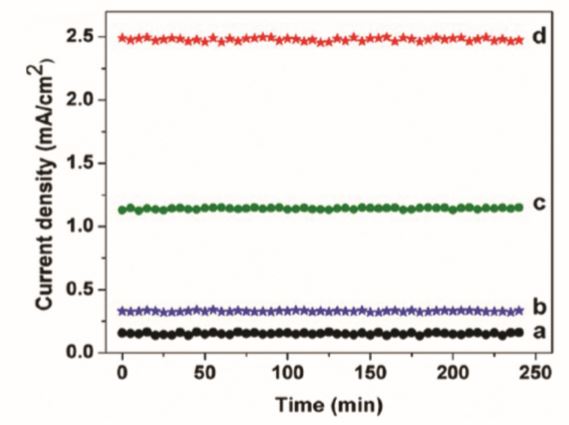
Carbon Nano Materials for EMI Shielding
In recent years electronics field has diversified in telecommunication systems, cellular phones, high speed communication systems, military devices, wireless devices etc. Due to the increase in use of high operating frequency and band width in electronic systems, there are concerns and more chances of deterioration of the radio wave environment known as electromagnetic interference (EMI). This EMI has adverse effects on electronic equipments such as false operation due to unwanted electromagnetic waves and leakage of information in wireless telecommunications. Recently, conductive polymer nano-composites have attracted a great deal of academic and industrial interest due to their potential applications in many areas including EMI shielding.
